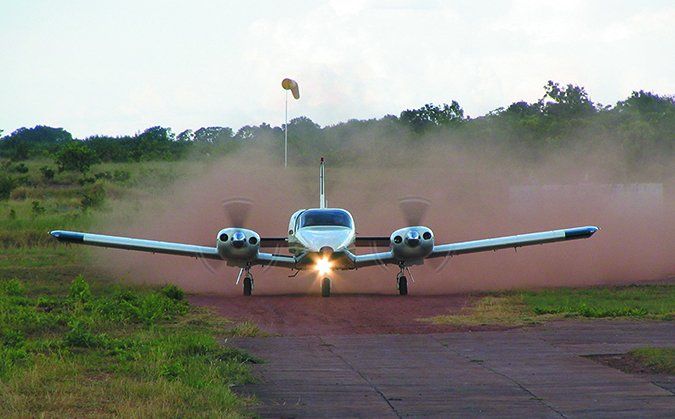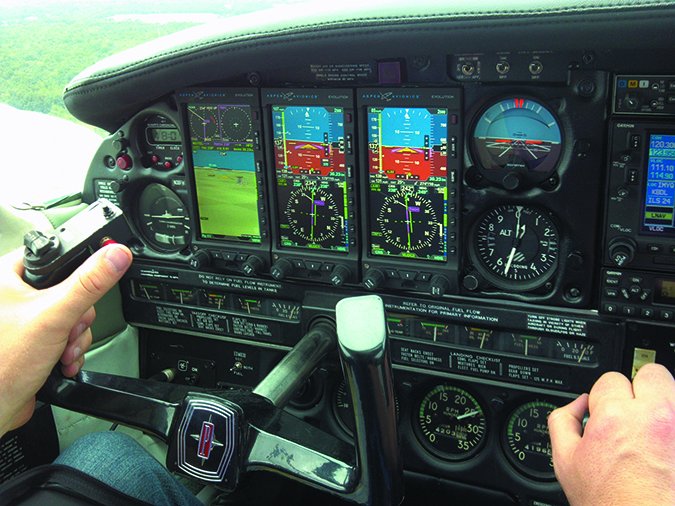Exploring Piper Seneca III: Features and Practical Uses
The Piper Seneca III, a twin-engine light aircraft, remains a stalwart in aviation circles for its reliability, performance, and versatility. Whether used for personal travel, air taxi services, or flight training, the Seneca III has carved out a niche among pilots and aviation enthusiasts alike. This article delves into the features that set the Seneca III apart from its competitors and explores its practical applications in the modern aviation landscape.
Unveiling the Piper Seneca III: A Comprehensive Review

The Piper Seneca III is an impressive evolution in the Seneca series, known for its enhanced performance and reliability. Introduced in the late 1970s, the Seneca III brought significant upgrades over its predecessors, notably its more powerful engines. Equipped with two turbocharged Continental TSIO-360-KB engines, each producing 220 horsepower, the aircraft can achieve a maximum cruise speed of approximately 200 knots. This makes it a competitive choice for those seeking both speed and efficiency in a light twin-engine aircraft.
Beyond its powertrain, the Seneca III also improved in avionics and systems. The aircraft is typically outfitted with a suite of modern instrumentation that supports both visual and instrument flight rules (VFR and IFR). This capability makes it particularly viable for diverse weather conditions, enhancing its appeal to both private owners and commercial operators. Additionally, the fuel capacity of 123 gallons ensures a flight range that suits various missions, from cross-country flights to shorter regional hops.
The Seneca III’s performance is complemented by its thoughtful design, which emphasizes safety and comfort. The inclusion of counter-rotating propellers reduces the critical engine factor, enhancing stability and control during flight—especially beneficial for pilots during single-engine operations. Moreover, the aircraft’s sturdy build and redundant systems have made it a trusted platform for training future pilots, allowing them to develop their skills on a robust, reliable aircraft.
From Cockpit to Cabin: Inside the Seneca III’s Design

Stepping into the cockpit of the Piper Seneca III, pilots are greeted with a well-organized, ergonomic layout that facilitates ease of operation. The instrument panel is meticulous in its arrangement, with clear, easily readable displays that enhance situational awareness and reduce pilot workload. The cockpit’s design integrates both traditional gauges and space for modern avionics, allowing for seamless upgrades that keep the aircraft relevant in an ever-evolving technological landscape.
Moving beyond the cockpit, the Seneca III’s cabin is designed with both functionality and passenger comfort in mind. It accommodates up to six people, including the pilot, with club seating that offers a sense of spaciousness uncommon in similar aircraft. The cabin is also equipped with ample windows, providing passengers with excellent visibility and an enjoyable flying experience. Attention to noise reduction and climate control further enhances passenger comfort, making it a favored choice for private owners and charter operators who prioritize a pleasant journey.
In terms of storage, the Seneca III is equipped with multiple baggage compartments, which aid in distributing weight efficiently and enhancing aircraft balance. This design consideration underscores the Seneca III’s versatility, as it can easily handle varying passenger and cargo configurations. As such, the aircraft is not only practical for personal travel but also adept at conducting missions that require the transport of equipment or supplies, showcasing its adaptability across different aviation sectors.
The Piper Seneca III stands out as a versatile and dependable aircraft, well-suited for a range of aviation purposes. Its robust performance, coupled with thoughtful design, makes it a preferred choice for pilots and operators worldwide. Whether employed for personal use, commercial operations, or flight training, the Seneca III continues to embody a blend of power and practicality that resonates within the aviation community. As the aviation industry continues to evolve, the Seneca III remains a testament to timeless engineering and design principles.



